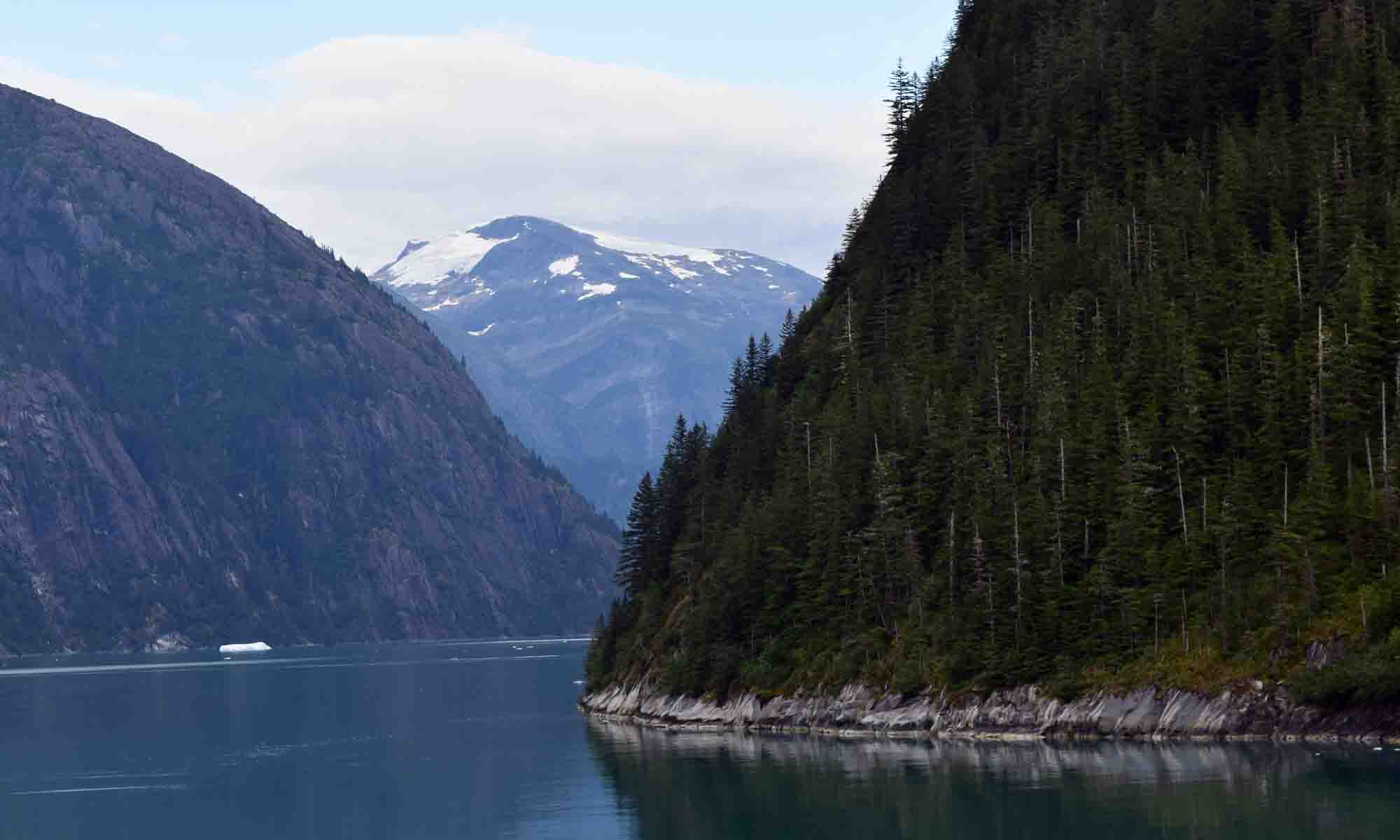I used to work for a small residential construction company. During my time there we built a variety of houses or did renovations, built decks, or completed smaller jobs. Depending on how many projects we had going and what time of year it was, we had a minimal number of guys or a whole bunch of guys working.
While we built one house in particular, most of the time we only had three workers on the crew. I was the youngest and least experienced, so I ended up being the mule…the guy lugging materials everywhere while the other two assembled them and really made the house come together. I carried lumber to the cutting table, while the other guys cut boards to size and put together headers for windows and doors. I handed plywood up to the guys working on the second floor. When the windows showed up, I took them to the right locations so the other guys could install them. When the boxes of siding arrived, I carried their contents where they needed to go. The joke was that I eventually lifted the whole house by myself.
That’s just the rough assembly. Then come the finer points and finishing touches. Holes for wires and pipes still need to be drilled. After the drywall gets hung, it needs to be taped and spackled, then primed and painted. Upon adding trim around windows and doors, it needs to be caulked and painted, too. After you lay and grout tile, you need to wipe it clean. As the house nears completion, appliances need to be installed.
Think about everything that goes into finishing a new house. There are all kinds of materials that get used in the completion of a home. Deliveries to construction sites normally occur in stages; you don’t deliver the dishwasher before the roof is put on, for example. The foundation gets poured, the lumber arrives, then the roofing materials, then the siding. Windows and doors go in. While that stuff is going on, the plumbing and electrical work takes place. Drywall gets hung and finished. While there’s sometimes some flexibility, the overall process has to be scheduled and coordinated so that one area is not interfering with another. (It’s best to install the wires and pipes before hanging drywall, for example.)
Instead of being delivered in stages, imagine if someone delivered all of the materials that would be used to build the house all at once and just set them down somewhere on the property. Given enough time, would those materials eventually assemble themselves into the finished product? For that to happen, things would have to naturally evolve from a state of chaos to a complex state of order.
A lot of scientists, scholars, and others are convinced that this is how we got our planet. Given enough time, if all the atoms and mass were present, they say, it’s obvious that it would shape itself into this world that can sustain life.

There’s a problem with that.
There’s a scientific principle called “Entropy” which states that the universe naturally progresses toward disorder, rather than order. Conditions will generally evolve from more complex conditions to less complex conditions. That is, orderly conditions in an environment will generally devolve into less orderly arrangements. What happens if you stop mowing your perfectly landscaped lawn for five years? Does it become more neat and tidy or more unkempt? Does your vehicle run better if you perform no maintenance on it, or does it require some upkeep?

This is why it’s tough to accept the part of Evolution that mandates rapid change within a single generation of organisms. The theory requires that a given species evolves to overcome some life-threatening obstacle. I’m all for being optimistic and the power of positive thinking and all that, but in must-evolve situations, it’s very simple: if you don’t quickly increase the specialization of a given species, it’s not going to survive. At-risk species that don’t evolve quickly enough to overcome an obstacle don’t survive to pass along modified genes. If they pass along unmodified genes in the same at-risk environment, the new generation has the same problem as the last one.
One of the often-overlooked problems when people are trying to shoot down Creationism is the starting point for life. Sure, things evolve over time, but if evolution is correct and humans and apes came from a common ancestor, which came from a simpler species, which came from single-celled organisms, there’s still a major problem. Somewhere along the line, life sprung from non-life. What did that look like? Where did life originally come from? Such a feat has never been observed to happen in a lab, so what are we missing? I cannot accept the premise that going from “molecules to man” is something that just happened without some kind of intelligent design. (For those that say Earth’s first microbes or bacteria arrived here on asteroids, the same question still applies: how did life start?)

This poses a major problem for those that oppose intelligent design theories. If you hang your entire theory on the notion that life began through some event that is completely unsupported from an empirical perspective, does that not take an amount of faith that is equal to subscribing to some version of the theory of intelligent design? Even if life didn’t originate here on Earth, it came from somewhere. If that life originated after the big bang, how could that possibly have happened? It could only have happened if something gave life to it.
Something to think about. New houses don’t just show up on their own. Beautiful biodiverse habitable planets don’t, either.

